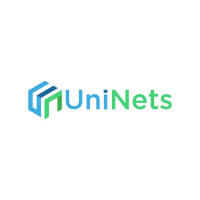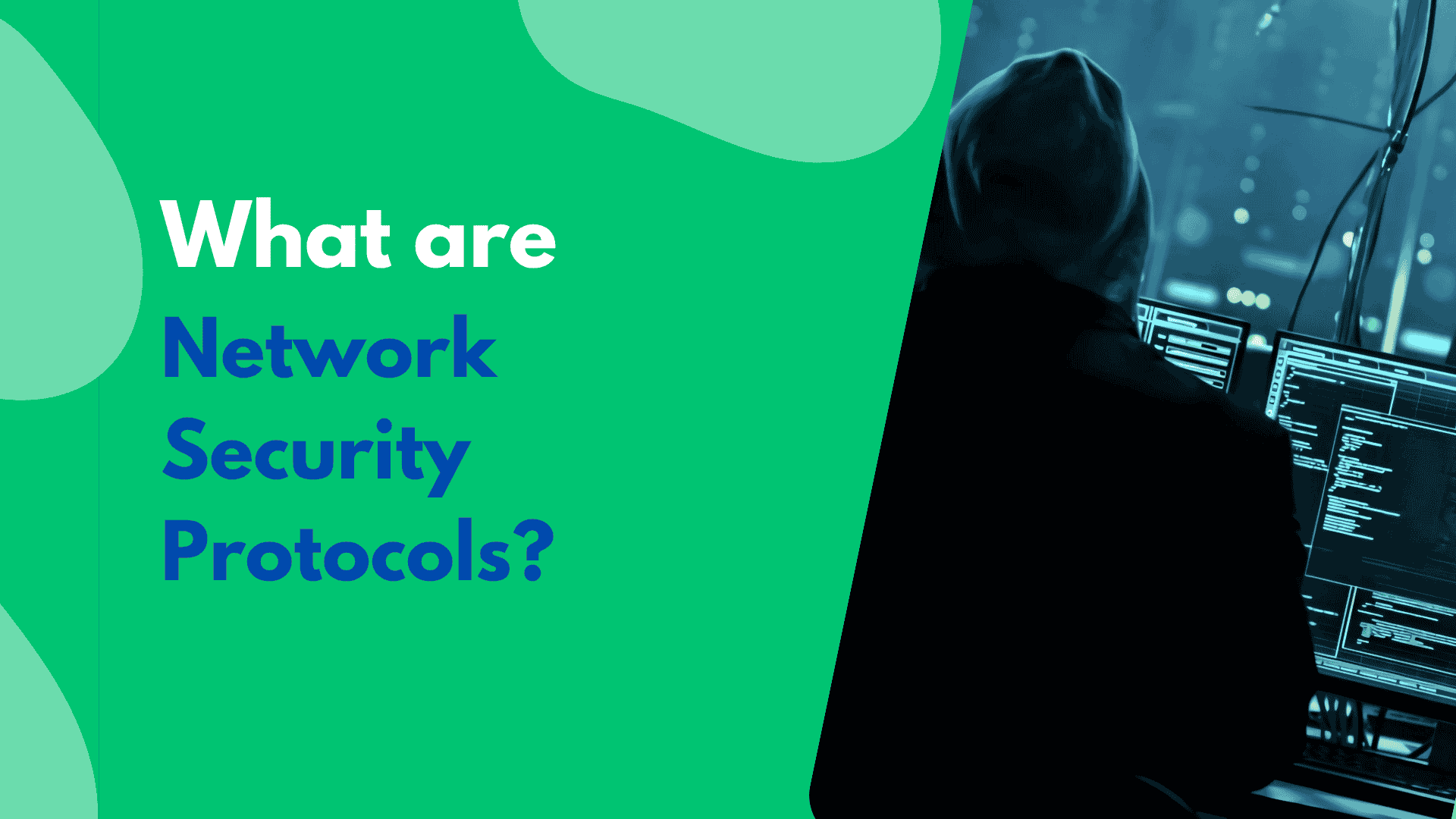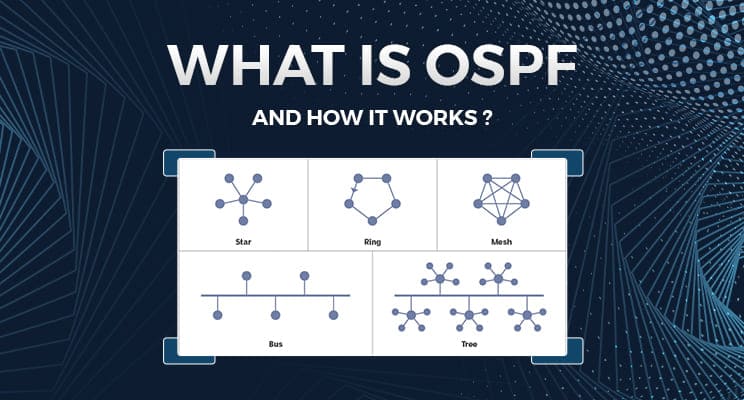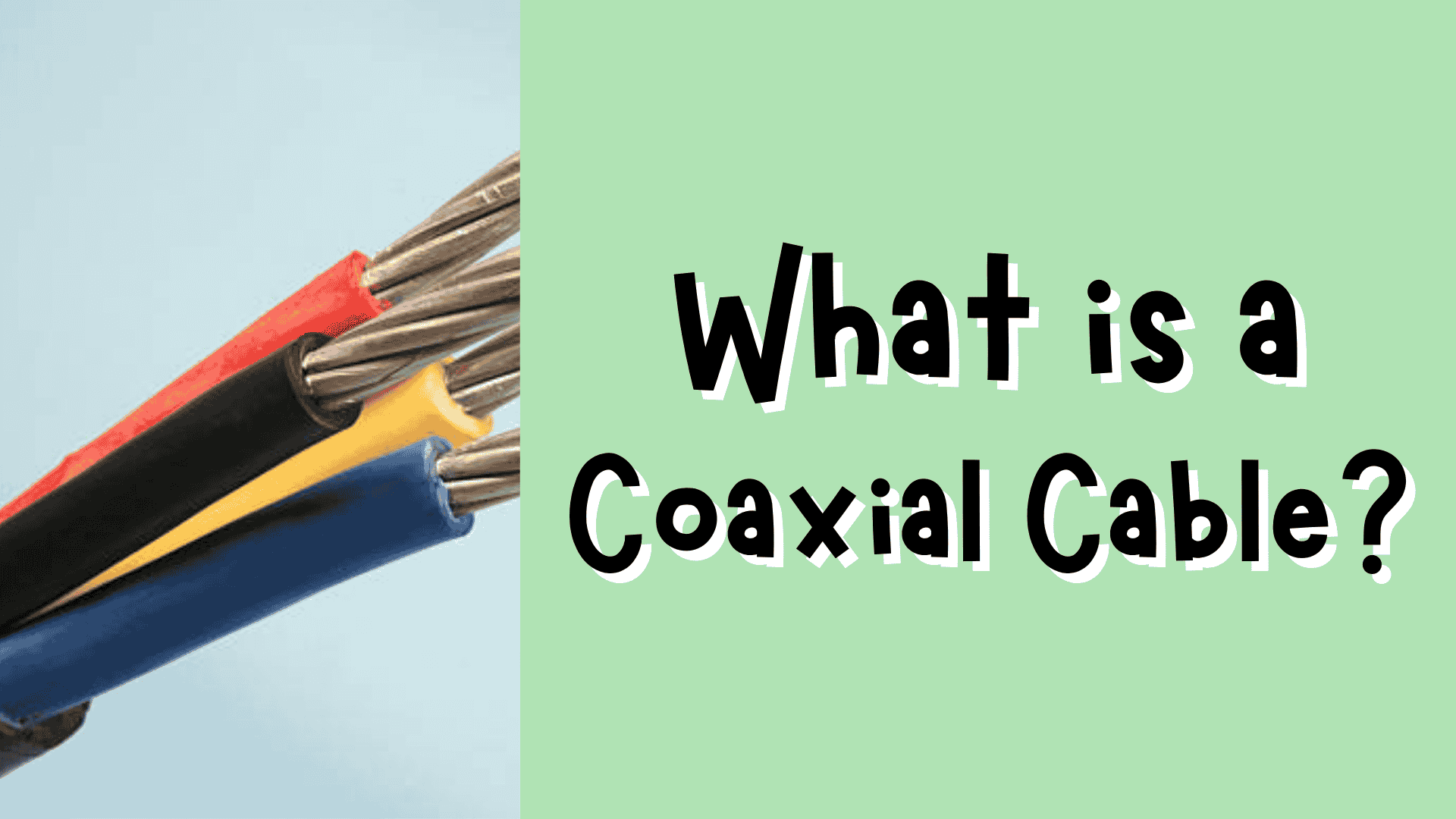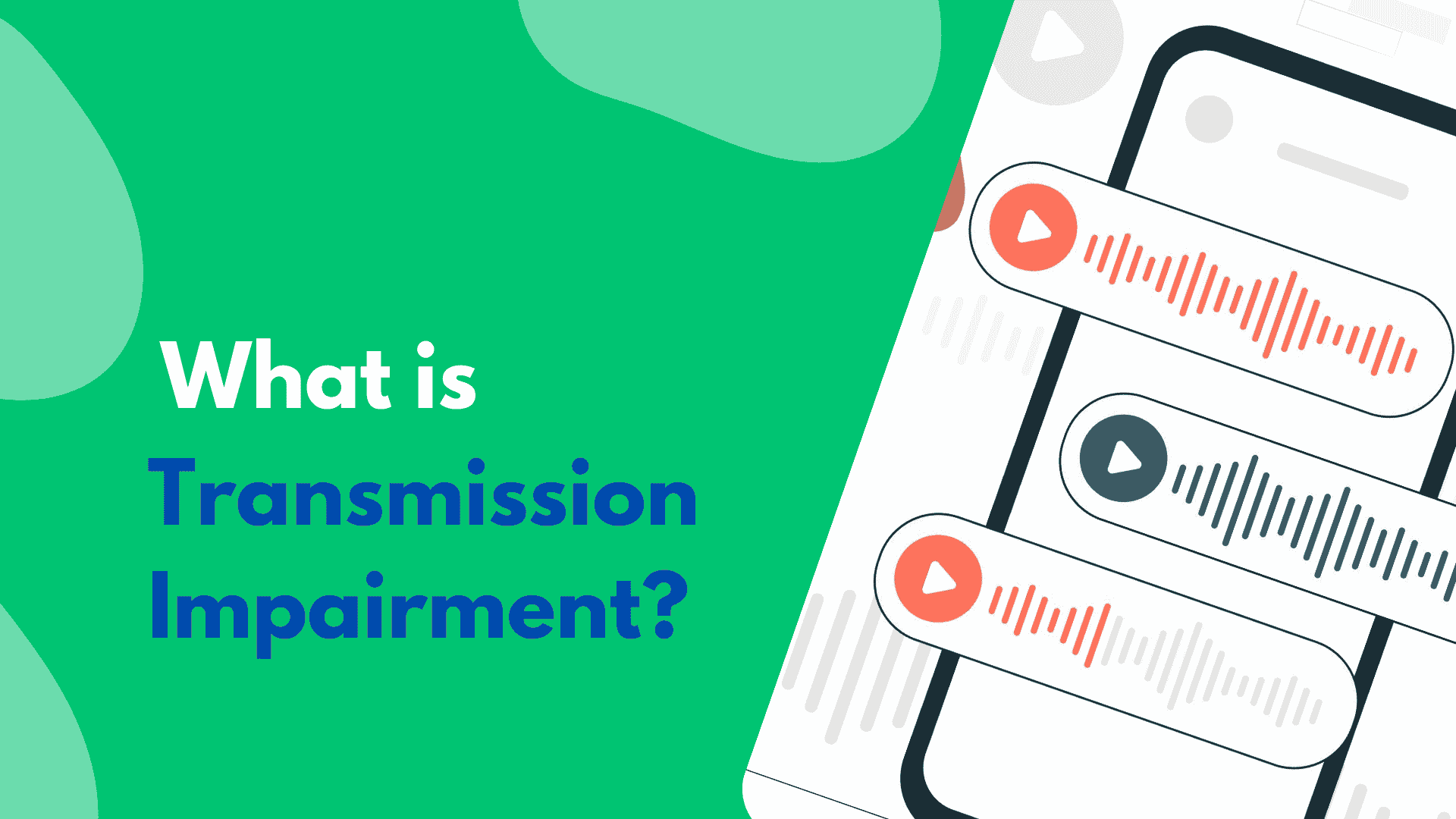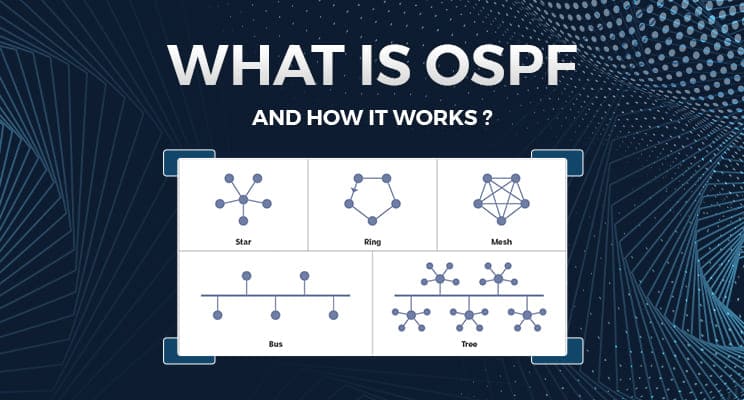Cisco Courses for Network Engineers: Master OSPF, LSA, and Topologies
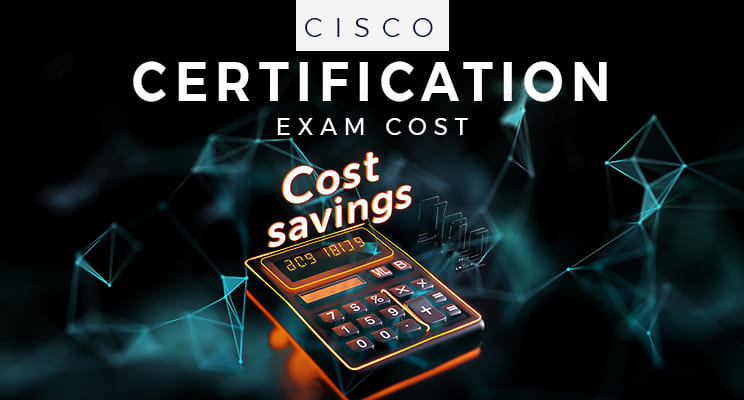
Strong 8k brings an ultra-HD IPTV experience to your living room and your pocket.
Cisco Training for Network Engineers: Mastering OSPF, LSA, and Topologies
Network engineers today need a solid grounding in routing protocols, topologies, and configurations for specific vendors. Among the most sought-after skills are knowledge of OSPF, LSA, and familiarity with different network topology models. These are at the core of mastering enterprise networking using industry-approved Cisco courses.
At UniNets, we train prospective and experienced network engineers with practical information through intensive Cisco training courses. Whether you are a beginner in networking or want to enhance your skills, OSPF LSA types, bus topology, and other fundamental areas of networking and topology must be understood.
Why Cisco Courses Matter for Network Engineers
Cisco continues to be the leader in network technologies and solutions. Their certifications—CCNA, CCNP, and CCIE—are all well-reputed globally. These Cisco courses touch upon everything from simple network configuration to complex routing, switching, and security.
Enrolling in Cisco-certified courses at UniNets equips engineers with hands-on experience on network simulators and actual Cisco equipment so that they are enterprise-ready and can attempt certification exams.
Some of the key areas of focus are:
Routing protocols (e.g., OSPF, EIGRP, BGP)
Network topology understanding
VLANs, subnetting, and switching fundamentals
Cisco IOS configurations
Mastery of OSPF and LSAs in Cisco Training
What is OSPF?
OSPF (Open Shortest Path First) is one of the most popular dynamic routing protocols utilized in enterprise networks. It is a link-state protocol based on LSAs (Link-State Advertisements) for routing and topology information exchange.
Understanding OSPF LSA Types
We teach all types of OSPF LSAs in our Cisco training courses at UniNets, which are:
Type 1 – Router LSA: Details of interfaces and neighbors within an OSPF area.
Type 2 – Network LSA: Generated by the Designated Router (DR) to define multi-access networks.
Type 3 – Summary LSA: Exchanged by Area Border Routers (ABRs) to provide summaries of routes between areas.
Type 4 – ASBR Summary LSA: Defines the position of Autonomous System Boundary Routers (ASBRs).
Type 5 – External LSA: Announces external networks from other routing domains.
Type 7 – NSSA External LSA: Applied in Not-So-Stubby Areas to bring in external routes with defined boundaries.
These types of OSPF LSAs are important to understand while designing scalable, effective networks. Our training sessions have real-time packet captures and lab simulations to make you understand these things practically.
Networking and Topology: Fundamentals for Network Architects
What is Network Topology?
Network topology is the physical or logical structure of a network. Topology is crucial for engineers to know in networking when creating or debugging infrastructures.
There are several topologies:
Bus Topology
Star Topology
Mesh Topology
Ring Topology
Hybrid Topology
Each of them has its advantages and disadvantages based on the application scenario, network size, and performance requirements.
Bus Topology: A Foundational Concept
While not often employed in contemporary enterprise networks, bus topology is a basic design explored in our Cisco training for theoretical purposes. All nodes in a bus topology are attached to one backbone cable.
Bus Topology Diagram
A bus topology diagram would indicate all the devices connected along a central line of communication, usually with terminators on either end. Simple and inexpensive on small installations, the topology is not highly scalable or reliable.
We employ bus topology diagrams at UniNets to illustrate its legacy value and compare it with more scalable designs such as star or mesh topologies.
Fortinet Training and Cisco Courses: Supporting Skills
While Cisco training emphasizes routing, switching, and enterprise networking, Fortinet training covers network security, firewall configurations, and secure routing protocols.
Merging both skill sets provides engineers an advantage over competitors, particularly in positions that need expertise in secure OSPF configurations and the way OSPF LSAs work in security appliances such as FortiGate.
Our Fortinet training at UniNets also involves OSPF integration and seeing networks topology from a security perspective—how to manage LSA propagation, route redistribution, and network segment security policies.
Applications of Topologies and OSPF in Real-World Scenarios
Here’s how you’ll use these skills practically:
Design and configure routers using OSPF LSA types for efficient routing.
Choose the right topology in networking depending on organizational needs.
Analyze bus topology diagrams and modern topologies to improve network performance.
Configure both Cisco and Fortinet devices for secure and redundant connectivity.
Troubleshoot network convergence issues using LSA trace routes and database analysis.
Why Choose UniNets for Cisco and Fortinet Training?
At UniNets, we integrate certification-oriented learning with live networking problems. Our trained instructors lead you through live labs, case studies, and in-depth examination of OSPF LSAs, network architectures, and vendor-specific best practices.
Key advantages are:
Years of experience in Cisco/Fortinet certified instructors
Access to live remote labs and GNS3/EVE-NG simulations
In-depth OSPF LSA types and network design
Hands-on configurations of Cisco routers and FortiGate firewalls
Job role and certification-tailored training paths
Final Thoughts
The modern network engineer must be well-versed in both theory and hands-on configuration. By mastering OSPF, LSAs, and network topology design through Cisco courses at UniNets, you’ll be prepared to build and manage scalable, secure, and high-performance networks.
From learning the basics of a bus topology diagram to setting up OSPF LSA types in multiple areas, our training makes you ready for the industry. Use it in combination with Fortinet training to get ahead in secure networking and firewall deployment.
Note: IndiBlogHub features both user-submitted and editorial content. We do not verify third-party contributions. Read our Disclaimer and Privacy Policyfor details.

